The world may be laser-focused on “alternative” proteins from plants and cultured animal cells, but the animal tech sector is undergoing sweeping changes of its own.
Aquaculture is a prime example. The industry is the fastest-growing animal protein sector, with a market value of $13.3 billion. By 2030, 62% of fish for consumption will come from aquaculture systems both in water and on land.
A number of startups are emerging in the sector, including data optimization venture XpertSea, filtration technology startup BioFischency, feed optimization developer CageEye, and fish health startup ViAqua.
“The industry is not behind when it comes to technological adoption and innovation,” says Alejandro Rojas, the farms division chief operating officer for AquaBounty, a company producing genetically modified fish.
Rojas sees AquaBounty as a prime example. “We are focused on two areas of innovation,” he explains. “One is feed and raw materials. The other is improving our genetic line. That is the constant focus of our innovation.”
The Massachusetts-based startup obtained FDA approval for the first genetically modified seafood intended for human consumption, its AquAdvantage Salmon. By adding a growth hormone-regulating gene from the Pacific Chinook and a promoter gene from an ocean pout, the resulting fish is capable of growing year-round instead of just the spring and summer.
AquaBounty’s product has been in development since the 1990s and is already being sold in Canada. Its US launch was put on hold after consumer groups learned that the FDA was not going to require the company to label its salmon as genetically modified. But earlier this year, it got the green light from the FDA, owing to a new set of food standards that puts the USDA in charge of bioengineered food labeling.
That means AquaBounty can now start cultivating salmon eggs to raise as a human food source at its facility in Indiana. AquaBounty is also working on finding new sites to build larger facilities in the US and in other countries where it’s currently running trials, like Brazil. It also has its sights set on Asia.
Rojas will be speaking at the Animal AgTech Innovation Summit in Amsterdam on October 1-2, 2019. We caught up with him ahead of the event to learn about his views on aquaculture, innovations in feed ingredients, and what’s next for AquaBounty.
Why is it important to discuss alternative feed ingredients in aquaculture?
The industry is growing 5% to 8% each year, and it’s not just salmon. It’s also shrimp, sea pass, and tilapia, for example. This means that we need to have enough feed to support this growth.
Currently, the industry is using fish meal and fish oil, but large feed company suppliers are working to identify plant-origin ingredients. The salmon industry is especially demanding for this because they require a lot of feed to cover Omega-3. Some of the current crops they are looking at include genetically modified canola, while others are focusing on getting omega-3 through a fermentation process using algae.
How does AquaBounty approach the topic of feed ingredients for its AquAvantage salmon?
We started as a research company, so research for us is key. Even though we are moving to production and a commercial line, we have a very strong research and innovation team. We have a strong commitment to testing new raw materials in our own facilities, and we are working with some feed companies on that.
We demonstrated through several trials that our fish grow better on a veggie diet compared to traditional salmon diets.
Depending on where you are located, the industry is moving toward a veggie diet, like Norway, Chile, Scotland, or Canada–particularly Chile. The issue we have today is that we are still a small company compared to other players. (Next year, for the first time, we will produce 1,200 tons of fish. If you think about larger companies, they produce 100,000 to 200,000 tons worldwide.) When we buy feed from salmon feed companies, we need to have a critical mass in order to request that they produce feed according to a special veggie diet.
What challenges does the industry face when it comes to tech adoption?
Technology, including automation, is just a matter of cost analysis and cost savings. If you incorporate equipment, you always check if it will give you extra cost savings. Automation usually pays in time saved and labor costs.
But the equipment doesn’t run by itself. You need specialized people to run it. Here in the US, the aquaculture industry doesn’t have enough people for the growth they are expecting. I’ve been working in the industry for 30 years and what I have seen is farmers thinking they can rely on technology entirely. But people should never rely 100% on technology. A person that is in charge of production needs to be with the fish, close to them, having a look everyday at what is happening.
The industry needs more people with better training who are more savvy in that respect. We are working on training or own personnel, working with universities and colleges to modify curriculum, and working with professors and faculty members to find students.
Do you think there are ongoing obstacles to obtaining social license for bioengineering animals for human consumption?
I would definitely say that it has not been resolved. [That said], we had an operation in Panama where we did most of our research for grow-out, and during the last three years we have been harvesting fish. Our first batch of production was harvested, processed, and exported to Canada in 2017. We didn’t have any issues selling that product.
[In the US], this June, we incorporated the first batch of AquAvantage fish. The first batch will be harvested in October 2020, and we will really prove the concept of market acceptance. We do not think we will have any issues selling the fish, because we have already tested or checked and verified if we have acceptance. But the real acceptance test will be done at the end of next year.
What’s been your experience with obtaining regulatory approval for AquAvantage salmon?
Our experience as a company in having the first animal for human consumption approved was a 20-year process that was extremely long and painful. But it happened. I would say that things will be much easier and faster going forward. We [offer] guidance for other genetically engineered animals that can be incorporated into the pipeline.
I believe in the future that the regulation could change, and it probably should change. I don’t know how fast it will, but considering what happened with our fish, and if there is market acceptance, then there will probably be more companies that are interested in doing this.

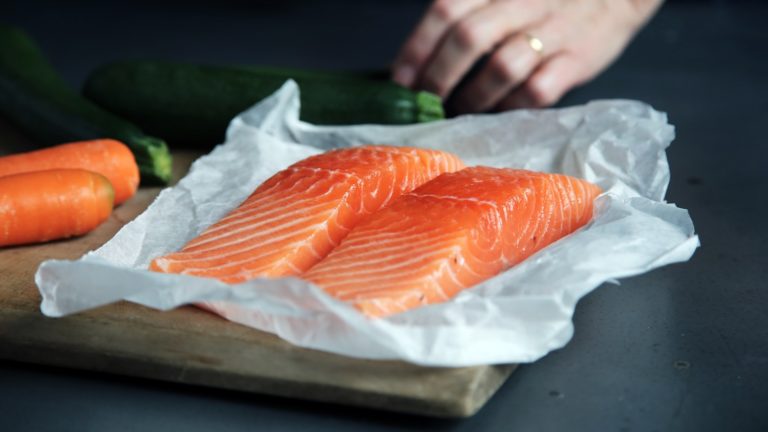
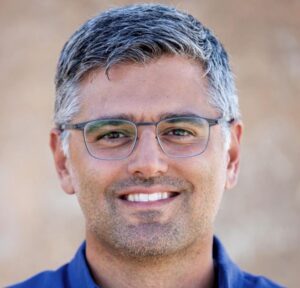
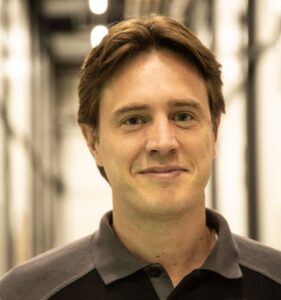
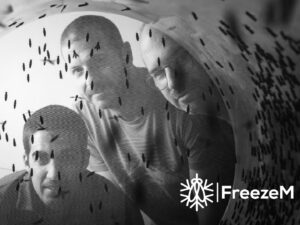
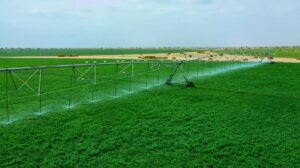











Sponsored
International Fresh Produce Association launches year 3 of its produce accelerator